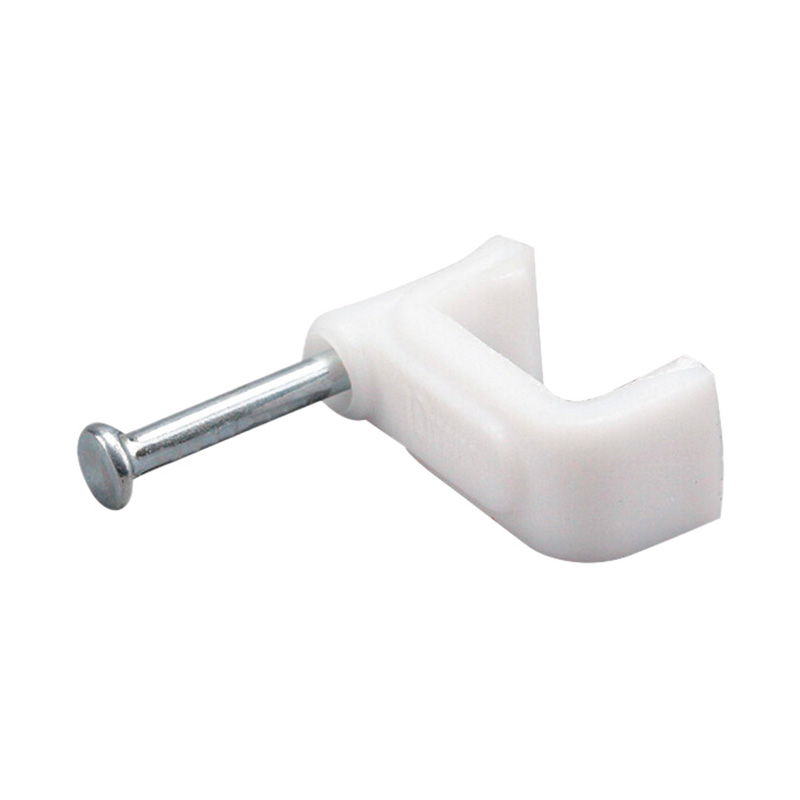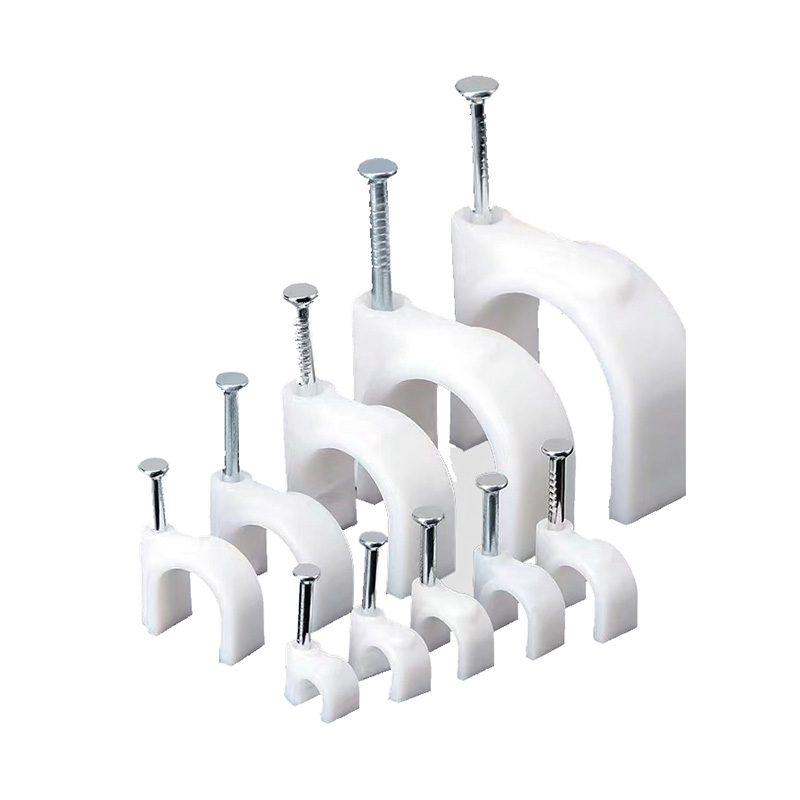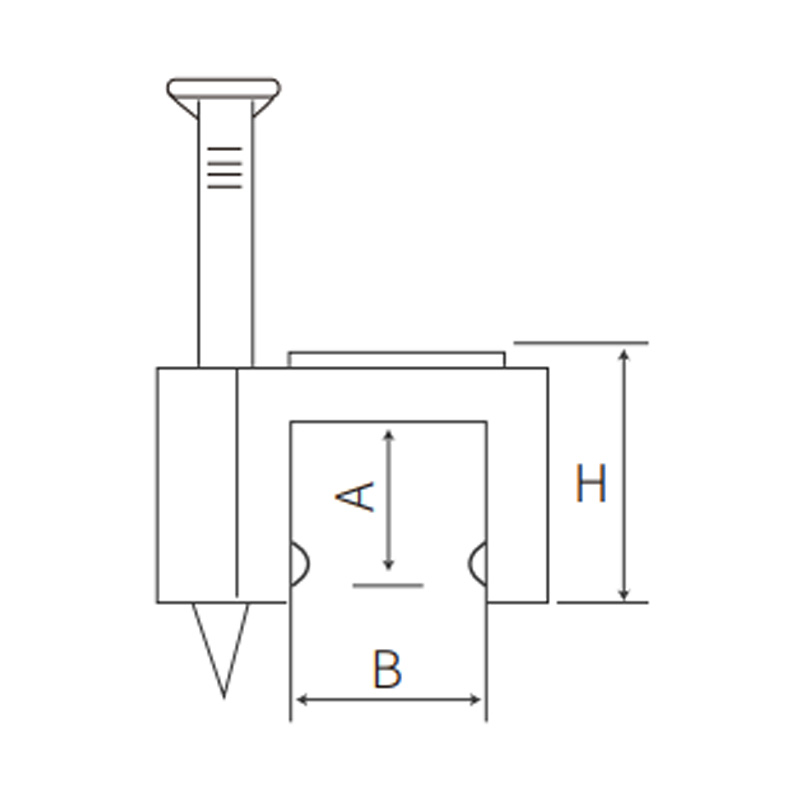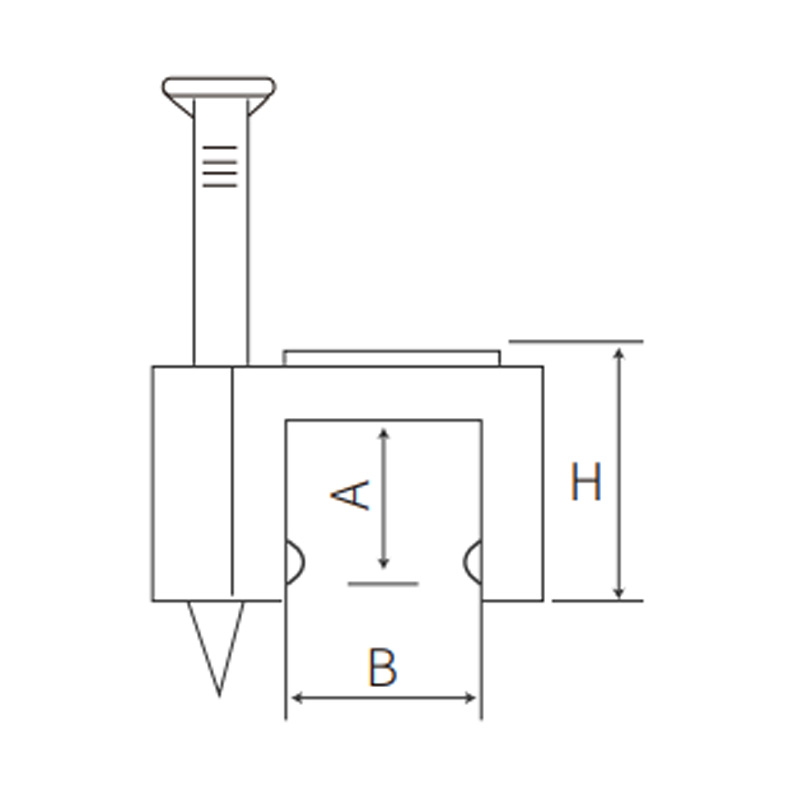Understanding and selecting the correct IP rating is essential when choosing a Waterproof Junction Box or Waterproof Distribution Box. It ensures safety, reliability, and long-term...
READ MORE-
-
Outdoor electrical installations face unique challenges that require specialized components to ensure their reliability and safety. Among the more important components are metal ca...
READ MORE -
Durability is a key factor when designing and maintaining electrical systems. With so many environmental challenges that electrical installations face—such as excessive temperature...
READ MORE -
Safety compliance is not just about adhering to regulations; it’s about protecting people, equipment, and infrastructure from the risks of electrical hazards. Electrical fires, sho...
READ MORE
Industry Knowledge Extension
What are Some Plastic Cable Staples and What are Their Characteristics?
What exactly are they, and how do their different forms cater to specific needs? Essentially, they are U-shaped fasteners designed to hold wires and cables securely against surfaces like baseboards, walls, or studs. Their characteristics, however, can vary significantly based on design, offering distinct advantages for different applications.
Standard Nail-In Cable Staples
Features:
Standard nail-in staples are perhaps the recognizable type. They are typically constructed as a single piece of rigid plastic, formed into a "U" or a squared-off "C" shape. The key feature is a built-in nail that is molded directly through the top of the staple's bridge. This design allows for quick and easy installation using simply a hammer. The inner curve of the staple is often smooth to prevent any damage or undue pressure on the cable being secured. They are commonly used for low-voltage wiring, such as thermostat wires, speaker wire, coaxial cables, or phone lines, where the risk of crushing is minimal. Their simplicity and low cost make them a go-to for basic, permanent installations.
Self-Adhesive Cable Clips
Features:
Self-adhesive cable clips represent a modern, tool-free alternative to traditional staples. Their defining characteristic is a sticky, high-tack adhesive pad mounted on the back of a plastic clip. These clips are designed to hold one or more cables snugly in place. The primary advantage is their non-invasive installation; they are good for use on finished walls, desks, furniture, or metal surfaces where hammering a nail is undesirable or impossible. The adhesive is typically strong and durable, though its holding power can be influenced by the cleanliness and texture of the surface. These are ideal for organizing desktop computer cables, home entertainment systems, or temporary setups that require a clean look without any drilling or hammering.
WHAT ARE THE Advantages of Mini Round Cable Clips
1: Versatility and Installation Ease
Mini round cable clips are characterized by their small, circular base and a flexible, often hinged, top that snaps closed. One of their foremost advantages is their exceptional versatility. They are available in various sizes to accommodate a wide range of cable diameters, from thin USB cords to thicker power supply cables. Their installation is remarkably straightforward. Typically, a small screw is driven through a hole in the base to attach the clip to a surface. The cable is then placed in the open clip, and the top is pressed shut, creating a secure and enclosed hold. This design eliminates the need to thread the entire length of a cable through a fixed loop, saving significant time and effort during setup or when adding a single cable to an existing bundle.
2: Organization and Damage Prevention
Beyond simple fastening, mini round clips excel at creating organized and professional-looking installations. Their ability to be mounted in precise locations allows for running cables in straight, parallel lines, which is crucial in data centers, server racks, and home media centers. This high level of organization simplifies troubleshooting and maintenance, as individual cables are easily identifiable and accessible. Furthermore, the rounded, smooth interior of these clips is a key feature for damage prevention. Unlike some sharp-edged staples, the plastic interior gently cradles the cable, distributing pressure evenly and preventing pinch points that can degrade insulation, crush conductors, and ultimately wire failure or signal interference.
What is the Function of Square Cable Clips?
Square cable clips, also known as saddle clips or bridge clips, serve a highly specific and critical function in structured cabling systems: the management and organization of multiple cables simultaneously. Their design is simple yet effective—a flat, square or rectangular base with a built-in arch or hump in the middle. The function is to provide a secure pathway for a bundle of cables to be routed underneath.
Their primary role is to gather and contain a group of cables, keeping them neatly aligned and preventing them from spreading out across a floor or within an equipment rack. This is essential for maintaining safety by reducing tripping hazards and preventing cables from being snagged or pulled accidentally. Furthermore, by keeping cables bundled together in an orderly fashion, square clips significantly improve airflow in and around electronic equipment, which is a vital factor in preventing overheating and ensuring system performance.
Installation is typically achieved by driving a screw or nail through a hole on either side of the clip's base, arching over the cable bundle without applying direct pressure. This non-binding design is a significant advantage, as it does not compress or crush the cables, preserving their integrity. For these reasons, square cable clips are a staple in industrial settings, data centers, and for organizing the extensive wiring looms found in automotive and machinery applications, where managing high-volume cable runs is a necessity.


 English
English 中文简体
中文简体 Español
Español عربى
عربى













